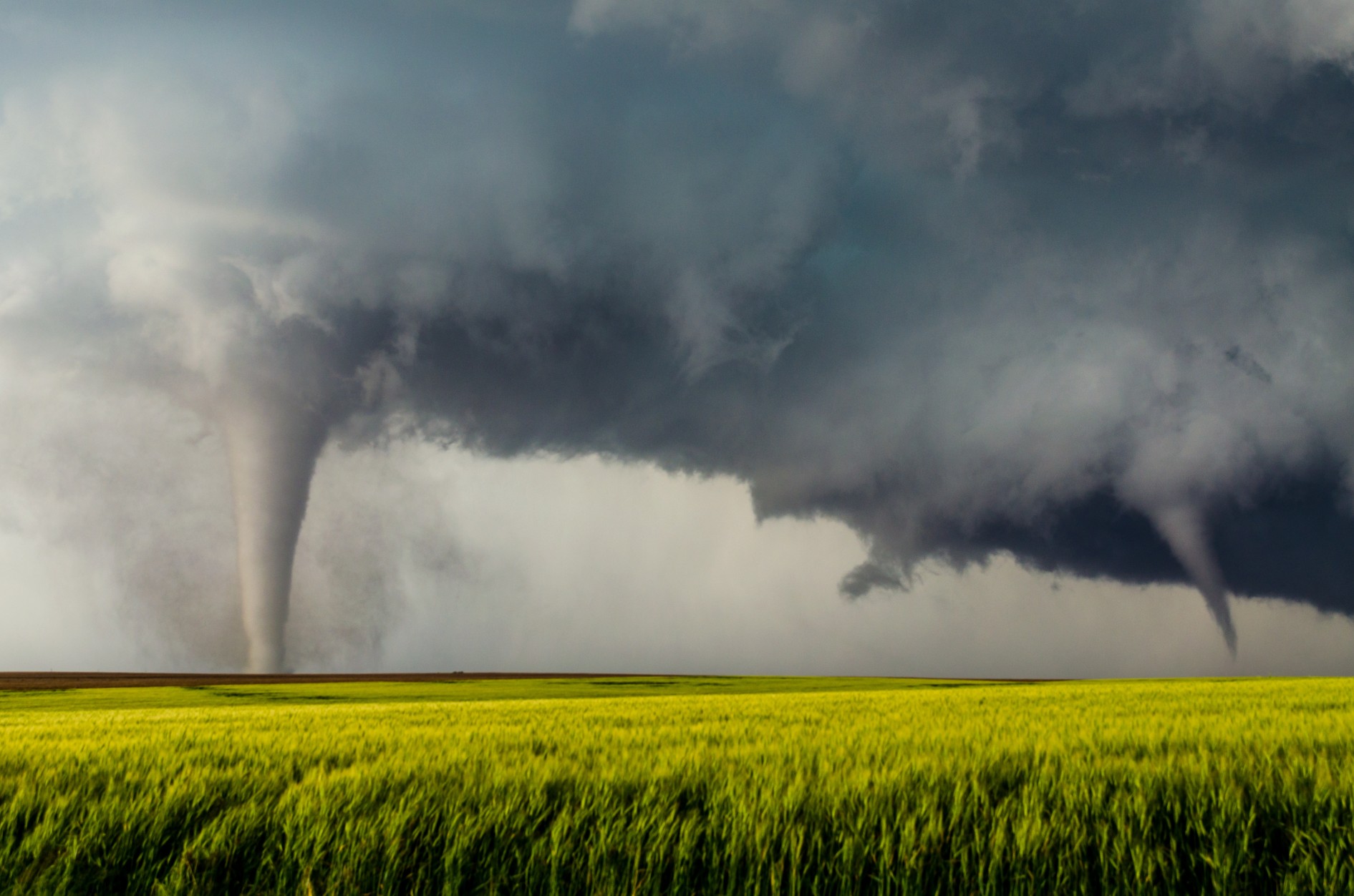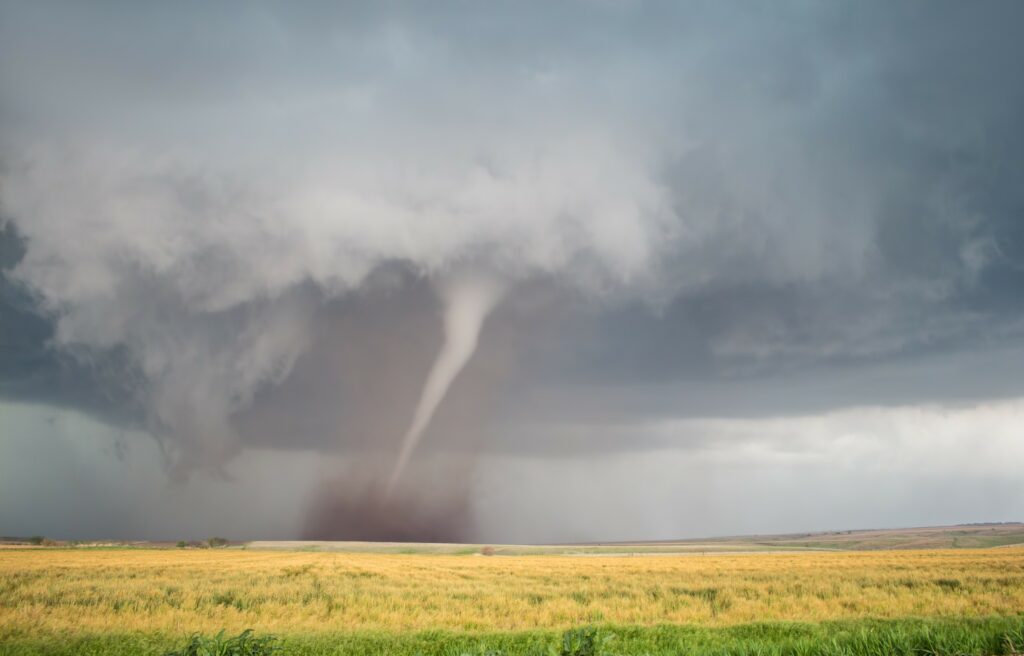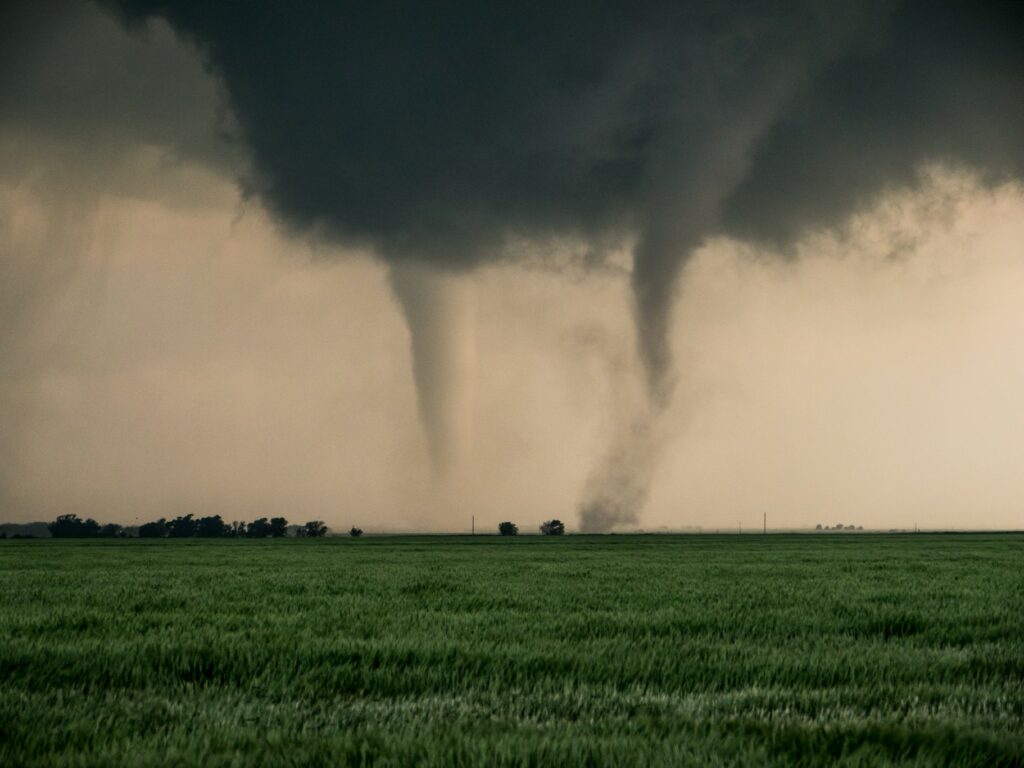
Heavy Rain, Flooding, and Chance of Severe Weather Staring Down the Southern U.S.
January 22, 2024
Posted: April 30, 2023 8:45 am





The peak of tornado season is quickly approaching, meaning that you can expect more and more reports of these potentially deadly weather events in the weeks to come.
While every type of tornado carries a significant risk, meteorologists have identified 10 specific categories of these twisters to describe their shape and size.
A rope tornado is distinguished as the smallest identified twister, named for its long and skinny shape. Although this type of tornado is typically short in duration, it can lead to a bigger and more dangerous twister. The zone of damage with this type of tornado is typically less severe because of its narrow shape.
On the other side of the spectrum is the wedge tornado, a funnel that can expand to over a mile in total diameter. It is not surprising to learn that a tornado of this size comes with significant risks.
Most recently, a wedge tornado grew to 2.6 miles in diameter in 2013 in El Reno, Oklahoma. A wedge tornado was also responsible for the mass destruction leveled on the city of Joplin, Missouri in May of 2011. This tornado was responsible for 158 fatalities and well over 1,000 injuries.
Somewhere between the size of a rope tornado and a wedge tornado, you will find the cone tornado. This shape may be the most recognizable to casual observers. The cone tornado is wide at the top and becomes narrower as it extends down to the ground.

Closely related to the cone tornado is the stovetop tornado. Stovepipe tornadoes are similar in overall size to the cone tornado, however, a stovetop does not narrow as it approaches the ground.
This means that it is larger at the bottom of the funnel, ushering in the possibility of more severe destruction because of its greater area of real estate.
While it may seem like an odd name, it is easy to see how the elephant trunk tornado got its name when you look at the pictures of this type of twister.
Rather than being vertical like most tornadoes, the elephant trunk twister curves upward like its namesake. This shape of tornado is typically similar in size to the cone and stovetop versions.
One of the most fascinating aspects of tornadoes is how several areas of rotation can co-exist within one main funnel. This element is more likely in large twisters that have room to support the development of these multiple areas of rotation.
While it is unlikely that storm watchers are able to spot the separate vortexes spinning around inside the primary funnel, their presence usually becomes known in the aftermath of the storm.
A satellite tornado is closely related to a multi-vortex twister. This type of twister is inherently dangerous because it supports smaller tornadoes that spin up around the main area of circulation.
It can be challenging to discern the difference between a multi-vortex and satellite tornado because they each pack different areas of circulation within the same general area.
A twin tornado is the term used to describe two separate twisters that form side by side. Unlike multi-vortex or satellite tornadoes, twin twisters spin up from different zones of circulation. A twin tornado is an extremely rare occurrence.

Many novice storm watchers mistakenly identify a landspout as a tornado. However, the two weather events actually have different origins. Unlike a traditional tornado, landspouts are not connected to a thunderstorm. Instead, they get their start as a column of air spinning in circles.
Landspouts also generally do not last as long as tornadoes. Additionally, they differ from dust devils that have the ability to take root with no storm activity in the area.
A waterspout is essentially a tornado that occurs over water. If the feature moves over land, it will take on the designation of a tornado. A waterspout is most closely related to a rope tornado in size, shape, and intensity. It is also not unusual for numerous waterspouts to form near each other during ripe conditions.
Regardless of its shape and size, no tornado should not ever be taken lightly. All categorizations of tornadoes can cause catastrophic damage, particularly if it hits in a populated area.
This is why it is vitally important to be proactive about staying abreast of developing weather conditions when your area is at risk for severe storms.
Did you find this content useful? Feel free to bookmark or to post to your timeline for reference later.

January 21, 2024

January 19, 2024

January 18, 2024